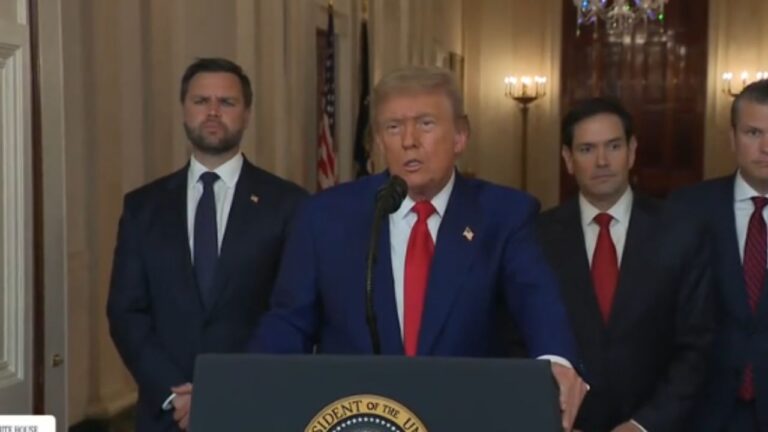China’s Bold Move: Purchasing 180,000 Tons of US Soybeans Ahead of Trump-Xi Summit – What It Means for Global Ag Trade

In a significant development in international agricultural trade, China’s state-owned grain trader COFCO has snapped up three cargoes of US soybeans, totaling approximately 180,000 metric tons. This purchase, reported on October 29, 2025, marks the first time China has sourced soybeans from the current US harvest season. Coming just ahead of a high-stakes meeting between US President Donald Trump and Chinese President Xi Jinping, the deal is being viewed by market analysts as a potential olive branch in the ongoing US-China trade dynamics.
The Details of the Deal: Volume, Timing, and Logistics
The soybeans were acquired for shipment in December and January, routed through Pacific Northwest port terminals – a strategic choice that underscores China’s preference for efficient West Coast logistics to minimize transit times and costs. Each cargo typically holds around 60,000 to 70,000 metric tons, making this a substantial initial buy that could set the tone for larger volumes in the coming months.
This isn’t just routine procurement; it’s the inaugural import from the 2025 US crop, which has been bolstered by favorable weather and robust yields in key Midwestern states like Illinois and Iowa. US soybean exports have long been a cornerstone of the country’s agricultural economy, with China historically accounting for over 50% of total shipments in peak years.
Broader Context: US-China Soybean Trade Amid Geopolitical Tensions
The soybean sector has been ground zero for US-China trade frictions since the escalation of tariffs in 2018. Beijing’s retaliatory duties on American soybeans led to a sharp pivot toward suppliers like Brazil, which now dominates the Chinese market with record exports. However, with global supply chains strained by weather disruptions in South America and rising demand for animal feed in China’s expanding livestock industry, US beans remain a critical backup option.
This purchase arrives at a pivotal moment. As Trump prepares for his summit with Xi, whispers of renewed Phase One trade deal discussions are circulating. The original 2020 agreement committed China to buying $200 billion in US goods, including $80 billion in agricultural products over two years – a target that fell short amid pandemic disruptions. Could this soybean haul signal a recommitment to those pledges, potentially easing tariffs and boosting farmer incomes back home?
Market watchers are optimistic. “This is a pragmatic step by COFCO to secure supplies at competitive prices while testing the waters for improved bilateral ties,” noted one trade source. US soybean futures on the Chicago Board of Trade (CBOT) ticked up 0.5% following the news, reflecting investor confidence in export demand.
Implications for Farmers, Markets, and Global Food Security
Boost for US Farmers
For American growers facing volatile prices and competition from genetically modified crop bans in parts of Europe, this deal is a lifeline. The US Department of Agriculture (USDA) projects 2025 soybean production at over 4.5 billion bushels, but export volumes will hinge on demand from Asia’s largest importer. A thaw in relations could add billions to rural economies, supporting everything from equipment sales to community revitalization.
Ripple Effects on Global Commodity Prices
China’s soybean imports fuel its massive soy meal and oil processing industry, which underpins pork production – the world’s top consumer of the protein. With African Swine Fever recoveries still underway, any uptick in US sourcing could pressure Brazilian premiums and stabilize global prices around $10-11 per bushel.
Geopolitical Angles: Trade Wars to Diplomacy?
Beyond economics, this move highlights the intertwined fates of superpowers. Soybeans aren’t just crops; they’re diplomatic currency. As climate change amplifies supply risks – think droughts in the US Plains or floods in the Amazon – diversified sourcing becomes essential for food security. The Trump-Xi talks, expected to cover tech, EVs, and tariffs, may well include ag provisions to prevent future flashpoints.
Looking Ahead: What to Watch in US-China Ag Trade
As the summit unfolds, keep an eye on:
- Follow-Up Purchases: Will COFCO double down with more cargoes, or is this a one-off?
- Tariff Updates: Any announcements on rolling back duties could supercharge exports.
- Sustainability Shifts: China’s push for traceable, low-carbon imports might favor US innovations in precision farming.
In the ever-shifting landscape of global agriculture, today’s soybean deal is a reminder that trade isn’t zero-sum – it’s about mutual resilience. Stay tuned to our site for live updates on commodity markets, trade policies, and farmer spotlights. What do you think this means for the 2026 harvest? Share your insights in the comments below, and subscribe for weekly ag trade breakdowns to keep your finger on the pulse.






